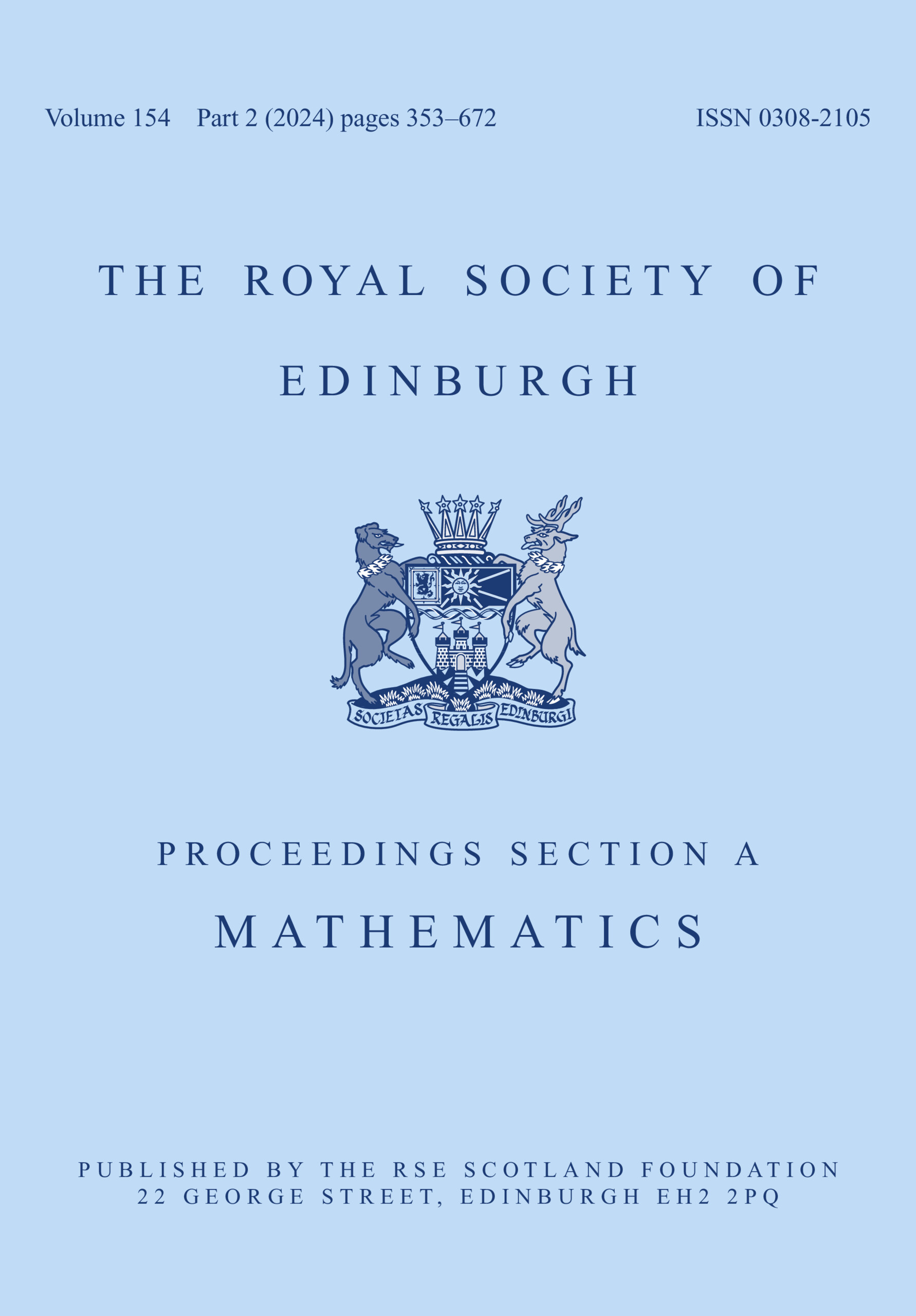Article contents
Sharp convergence for sequences of Schrödinger means and related generalizations
Published online by Cambridge University Press: 25 September 2023
Abstract
For decreasing sequences $\{t_{n}\}_{n=1}^{\infty }$ converging to zero and initial data $f\in H^s(\mathbb {R}^N)$
converging to zero and initial data $f\in H^s(\mathbb {R}^N)$ , $N\geq 2$
, $N\geq 2$ , we consider the almost everywhere convergence problem for sequences of Schrödinger means ${\rm e}^{it_{n}\Delta }f$
, we consider the almost everywhere convergence problem for sequences of Schrödinger means ${\rm e}^{it_{n}\Delta }f$ , which was proposed by Sjölin, and was open until recently. In this paper, we prove that if $\{t_n\}_{n=1}^{\infty }$
, which was proposed by Sjölin, and was open until recently. In this paper, we prove that if $\{t_n\}_{n=1}^{\infty }$ belongs to Lorentz space ${\ell }^{r,\infty }(\mathbb {N})$
belongs to Lorentz space ${\ell }^{r,\infty }(\mathbb {N})$ , then the a.e. convergence results hold for $s>\min \{\frac {r}{\frac {N+1}{N}r+1},\,\frac {N}{2(N+1)}\}$
, then the a.e. convergence results hold for $s>\min \{\frac {r}{\frac {N+1}{N}r+1},\,\frac {N}{2(N+1)}\}$ . Inspired by the work of Lucà-Rogers, we construct a counterexample to show that our a.e. convergence results are sharp (up to endpoints). Our results imply that when $0< r<\frac {N}{N+1}$
. Inspired by the work of Lucà-Rogers, we construct a counterexample to show that our a.e. convergence results are sharp (up to endpoints). Our results imply that when $0< r<\frac {N}{N+1}$ , there is a gain over the a.e. convergence result from Du-Guth-Li and Du-Zhang, but not when $r\geq \frac {N}{N+1}$
, there is a gain over the a.e. convergence result from Du-Guth-Li and Du-Zhang, but not when $r\geq \frac {N}{N+1}$ , even though we are in the discrete case. Our approach can also be applied to get the a.e. convergence results for the fractional Schrödinger means and nonelliptic Schrödinger means.
, even though we are in the discrete case. Our approach can also be applied to get the a.e. convergence results for the fractional Schrödinger means and nonelliptic Schrödinger means.
MSC classification
Information
- Type
- Research Article
- Information
- Proceedings of the Royal Society of Edinburgh Section A: Mathematics , Volume 155 , Issue 2 , April 2025 , pp. 453 - 469
- Copyright
- © The Author(s), 2023. Published by Cambridge University Press on behalf of The Royal Society of Edinburgh
References
- 2
- Cited by


